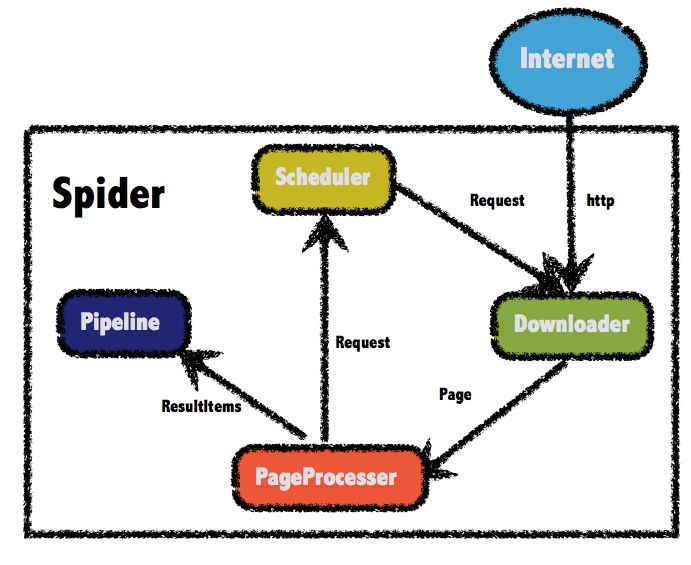Create a base image
Create a base image
So you want to create your own Base Image? Great!
The specific process will depend heavily on the Linux distribution you want to package. We have some examples below, and you are encouraged to submit pull requests to contribute new ones.
Create a full image using tar
In general, you’ll want to start with a working machine that is running the distribution you’d like to package as a base image, though that is not required for some tools like Debian’s Debootstrap, which you can also use to build Ubuntu images.
It can be as simple as this to create an Ubuntu base image:
$ sudo debootstrap raring raring > /dev/null$ sudo tar -C raring -c . | docker import - raringa29c15f1bf7a$ docker run raring cat /etc/lsb-releaseDISTRIB_ID=UbuntuDISTRIB_RELEASE=13.04DISTRIB_CODENAME=raringDISTRIB_DESCRIPTION="Ubuntu 13.04"
There are more example scripts for creating base images in the Docker GitHub Repo:
- BusyBox
- CentOS / Scientific Linux CERN (SLC) on Debian/Ubuntu or on CentOS/RHEL/SLC/etc.
- Debian / Ubuntu
Creating a simple base image using scratch
You can use Docker’s reserved, minimal image, scratch, as a starting point for building containers. Using the scratch “image” signals to the build process that you want the next command in the Dockerfile to be the first filesystem layer in your image.
While scratch appears in Docker’s repository on the hub, you can’t pull it, run it, or tag any image with the name scratch. Instead, you can refer to it in your Dockerfile. For example, to create a minimal container using scratch:
FROM scratchADD hello / CMD ["/hello"]
This example creates the hello-world image used in the tutorials. If you want to test it out, you can clone the image repo
More resources
There are lots more resources available to help you write your ‘Dockerfile`.
- There’s a complete guide to all the instructions available for use in a
Dockerfilein the reference section. - To help you write a clear, readable, maintainable
Dockerfile, we’ve also written aDockerfileBest Practices guide. - If your goal is to create a new Official Repository, be sure to read up on Docker’s Official Repositories.



































还没有评论,来说两句吧...